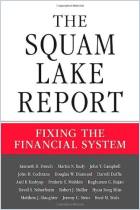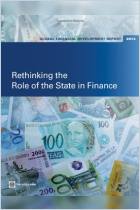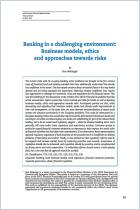Join getAbstract to access the summary!

Join getAbstract to access the summary!
Stijn Claessens and Laura Kodres
The Regulatory Responses to the Global Financial Crisis
Some Uncomfortable Questions
IMF, 2014
What's inside?
Answers to the global financial crisis – and to the question of how to avoid another one – remain elusive.
Recommendation
The economic crisis that rocked the world in 2008 has left many wondering about the global financial system’s stability. Is another major shock to the system lurking around the corner? This paper from Stijn Claessens and Laura Kodres, economists at the International Monetary Fund, provides a wake-up call to those who think that policy makers have even identified – much less addressed – all the problems that led to the most recent financial crisis. While the report is short on specific solutions, and its economic jargon and grammatical issues make for a somewhat sluggish read, the breadth of its examination of critical issues makes it a worthwhile addition to the ever-growing literature on global financial reform. getAbstract recommends this comprehensive analysis to bankers, market participants and policy makers interested in understanding the continuing systemic flaws within global financial markets and the directions society might take to tackle these failings.
Summary
About the Authors
Stijn Claessens and Laura Kodres are economists at the International Monetary Fund, a global organization that provides advice and financing to IMF member states in economic difficulties and works to reduce poverty in developing nations.

























Comment on this summary